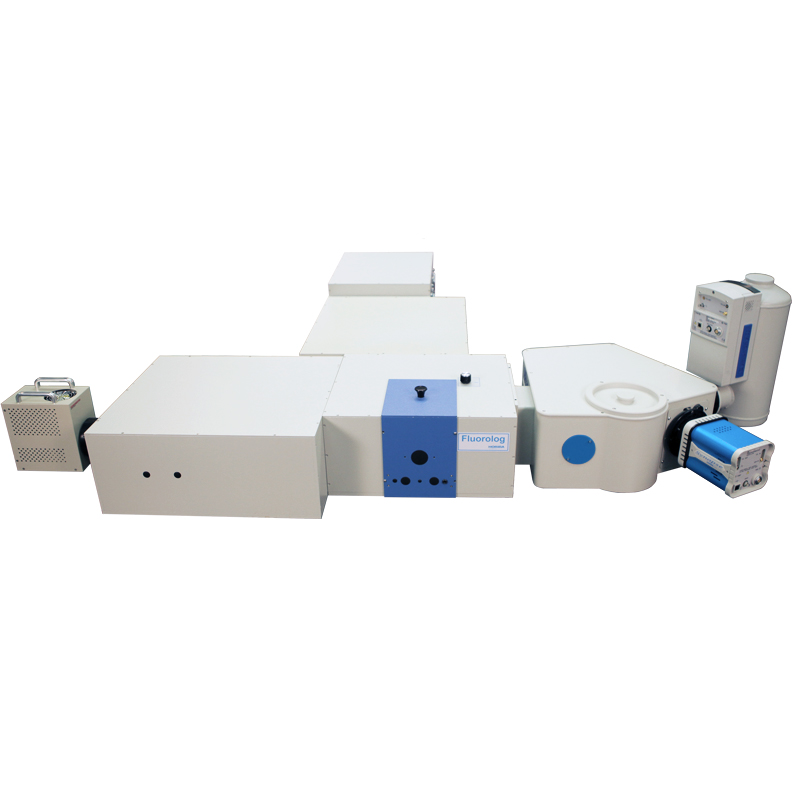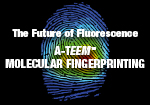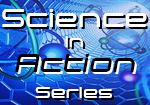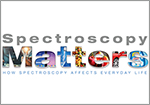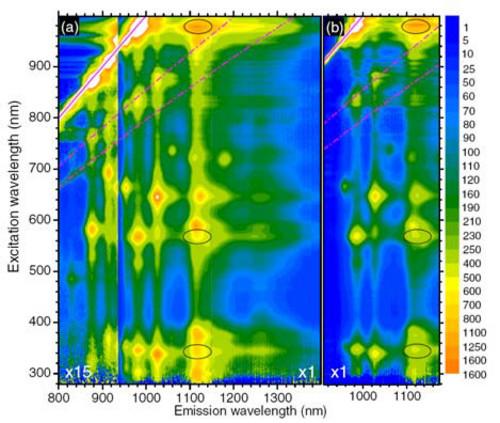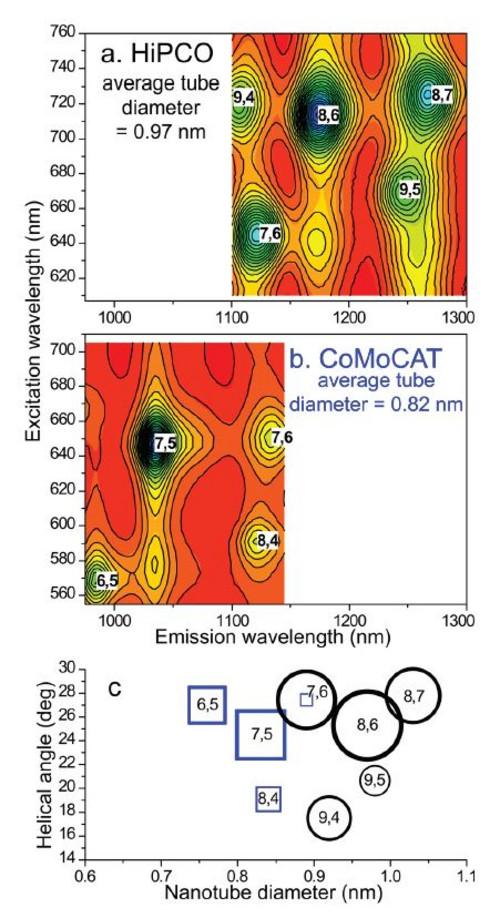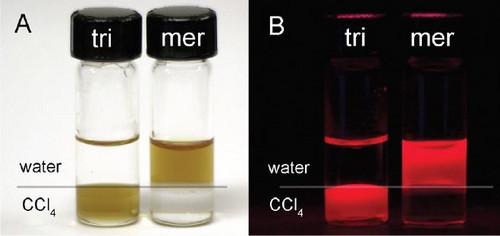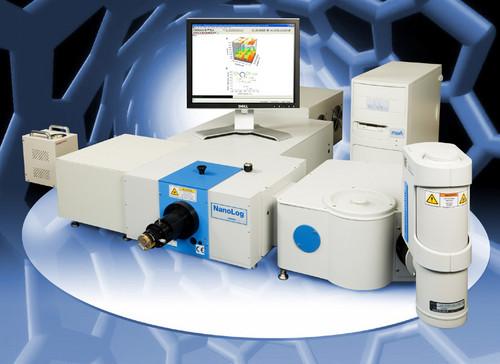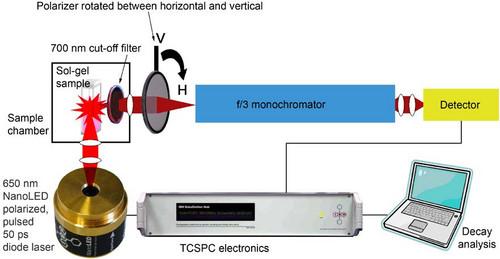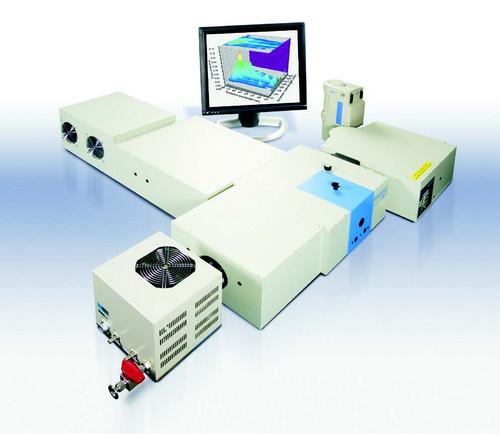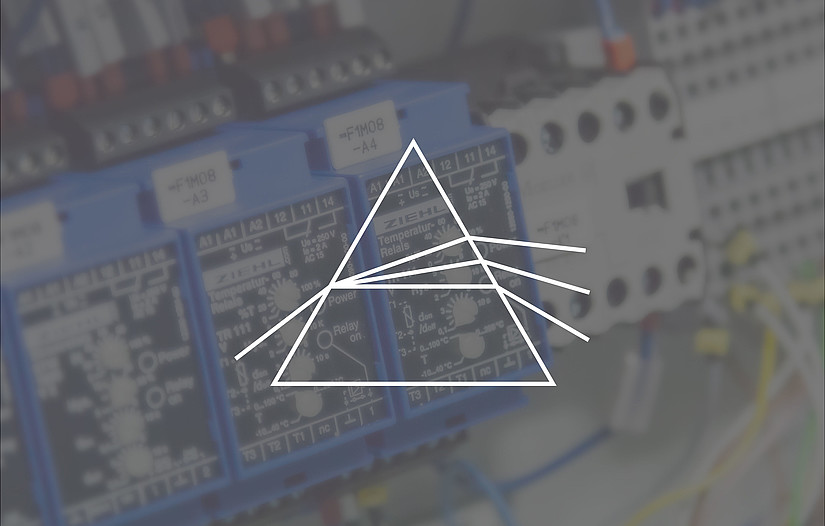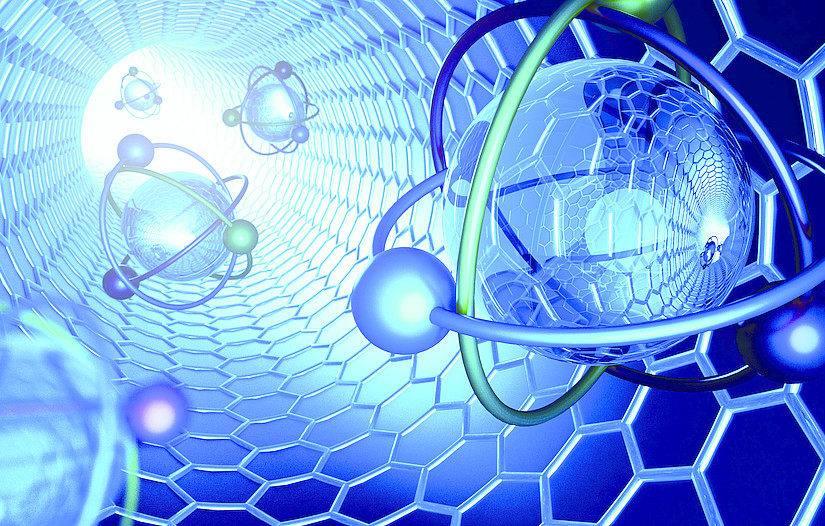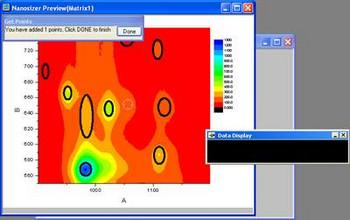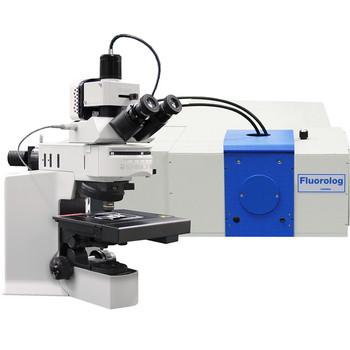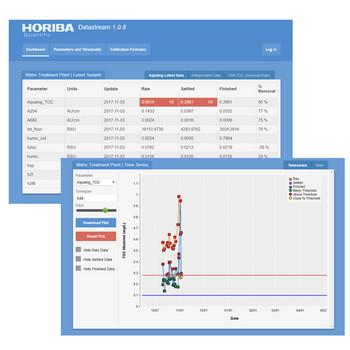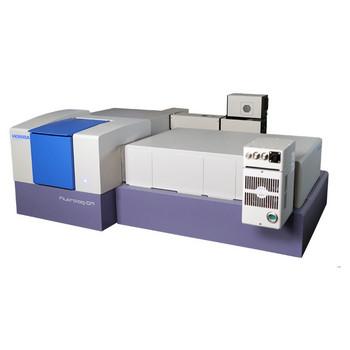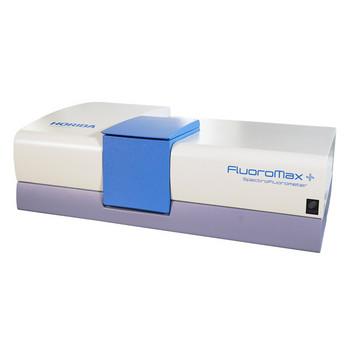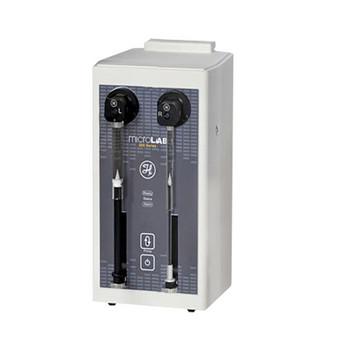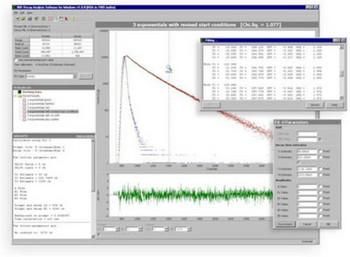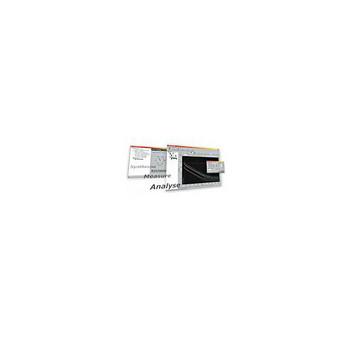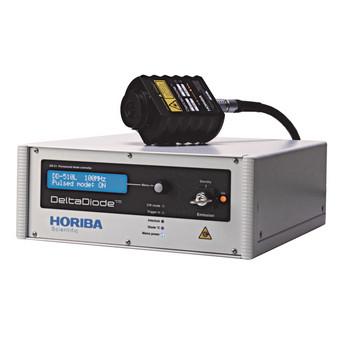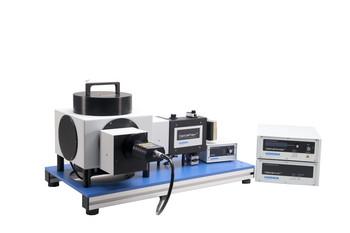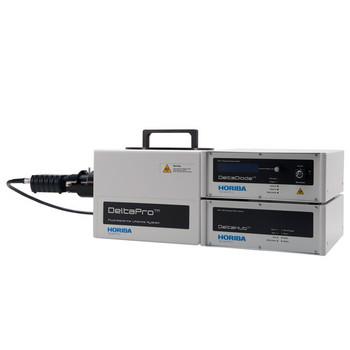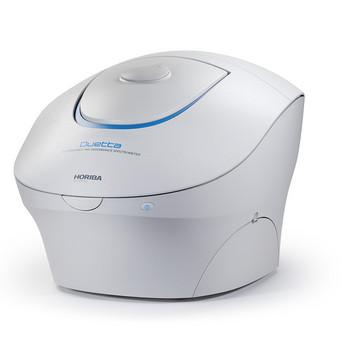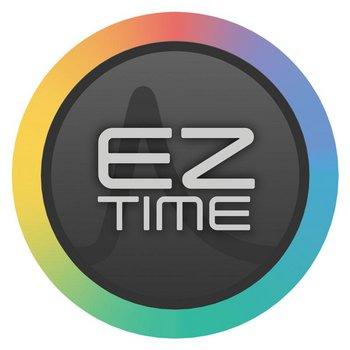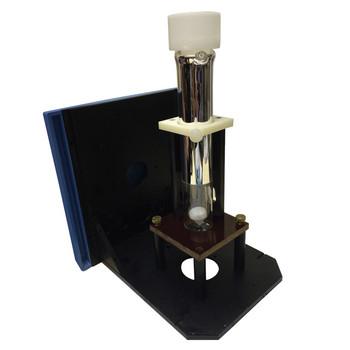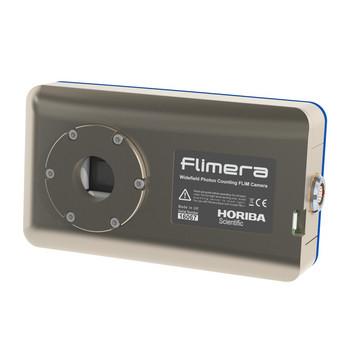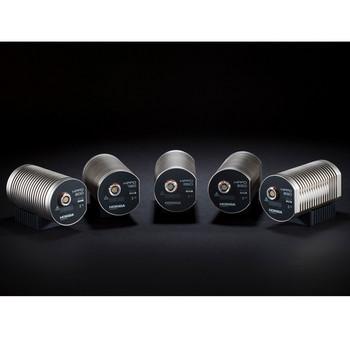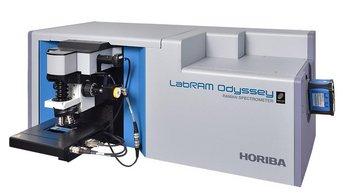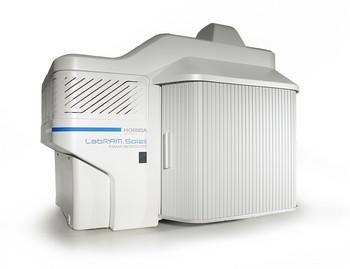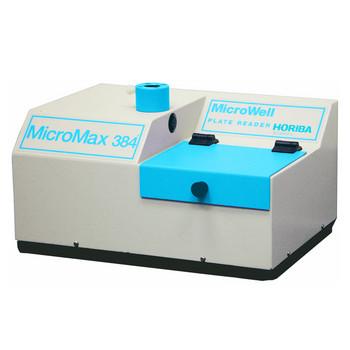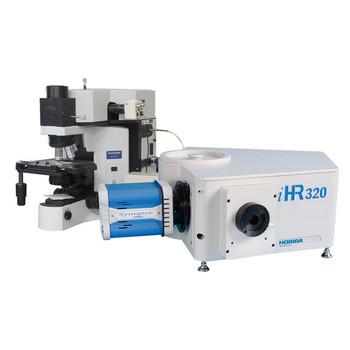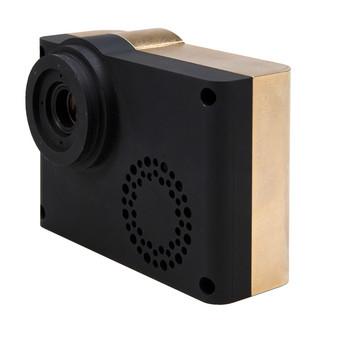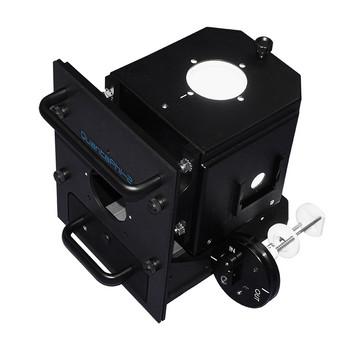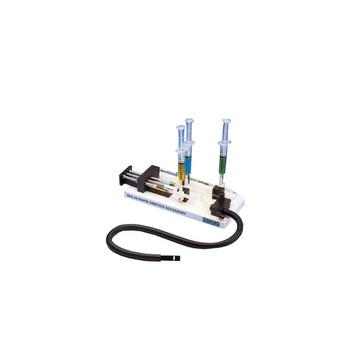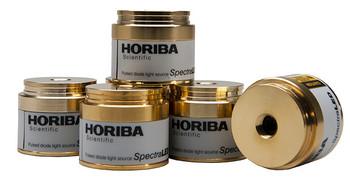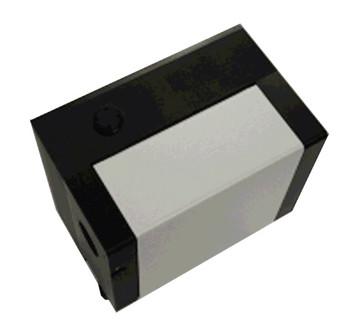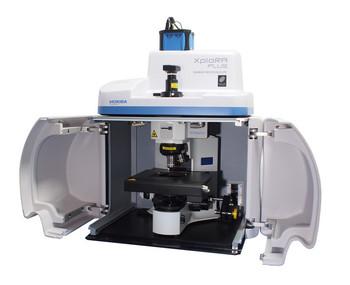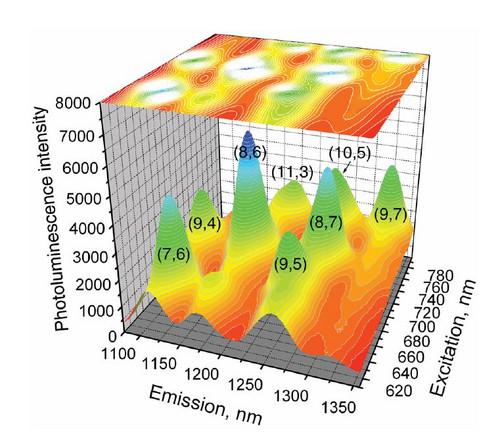
Nanolog Specifications
All-reflective optics Nanolog fluorescence spectrometer for perfect focus at all wavelengths from the UV to NIR
Excitation Sources | Choice of:
Note: The Sensitivity Specification listed below is the same with either the 450 W xenon or the 75 W xenon due to the enhanced collection efficiency of the PowerArc! | |
Excitation Monochromators | Choice of:
Note: Specifications here are based on 180 mm monochromator with standard 1200 grooves/mm grating blazed at 330 nm. Other gratings are available. | |
Resolution: 0.2 nm | ||
Accuracy | 0.5 nm | |
Speed | 150 nm/s | |
Range | 0–1300 nm mechanical range; throughput based on grating’s blaze | |
| Bandpass | Set automatically (0–30 nm single-grating, 0–15 nm double-grating) |
Sample Compartment | All reflective optics sample compartment with single cuvette sample compartment tray for quick replacement with variety of optional sample hold- ers. Reference photodiode for excitation correction from 240–1000 nm. Optional front-face detection for highly turbid samples in solution. Optional T-Format detection to allow optional second emission-detection channel. | |
Emission Imaging Spectrograph | iHR320, for multi-channel acquisition, with triple-grating turret. Can be configured with one or two exit ports each for multi-channel or single channel detectors. Equipped with 150 grooves/mm grating for multi-channel detection of entire emission spectra with a single acquisition. | |
Resolution | 0.2 nm | |
Accuracy | 0.3 nm | |
| Range | 0–1500 nm mechanical range (using a 1200 grooves/mm grating and single channel detector) |
Multichannel Detectors | Choice of up to two of the following:
| |
Optional T-Side Emission Monochromator for Single Channel Detectors | Specifications are the same as excitation monochromator above1 | |
Single Channel Detectors | Choice of:
| |
Software | Windows™-based FluorEssence™ software supplies all scanning, time-based, and accessory data acquisition plus complete control of all hardware, plus Nanosizer™ for fitting of single-walled carbon nanotube spectra to known library to determine chiralities and diameters. | |
Sensitivity | Water Raman Signal-to-Noise Ratio of 15,000:1 (FSD method), 350 nm excitation, 5 nm bandpass, 1 second integration, no filters or averaging, with R928P photomultiplier tube. | |
Recommended configurations
The Nanolog 3-22-iHR, pictured here, is configured with a double-grating excitation and emission monochromator, plus an imaging spectrograph for a second emission channel.
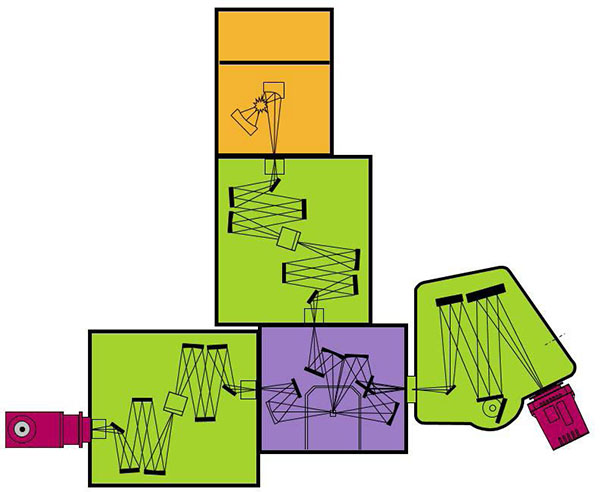
Schematic shows a highly versatile Nanolog equipped with a 450 watt xenon lamp housing, double excitation monochromator for ultimate stray light rejection, T-Format sample compartment with multichannel iHR320 imaging spectrograph equipped with a Symphony NIR InGaAs array detector and a T-Side double emission monochromator with a PMT detector for ultimate sensitivity and stray light rejection.
